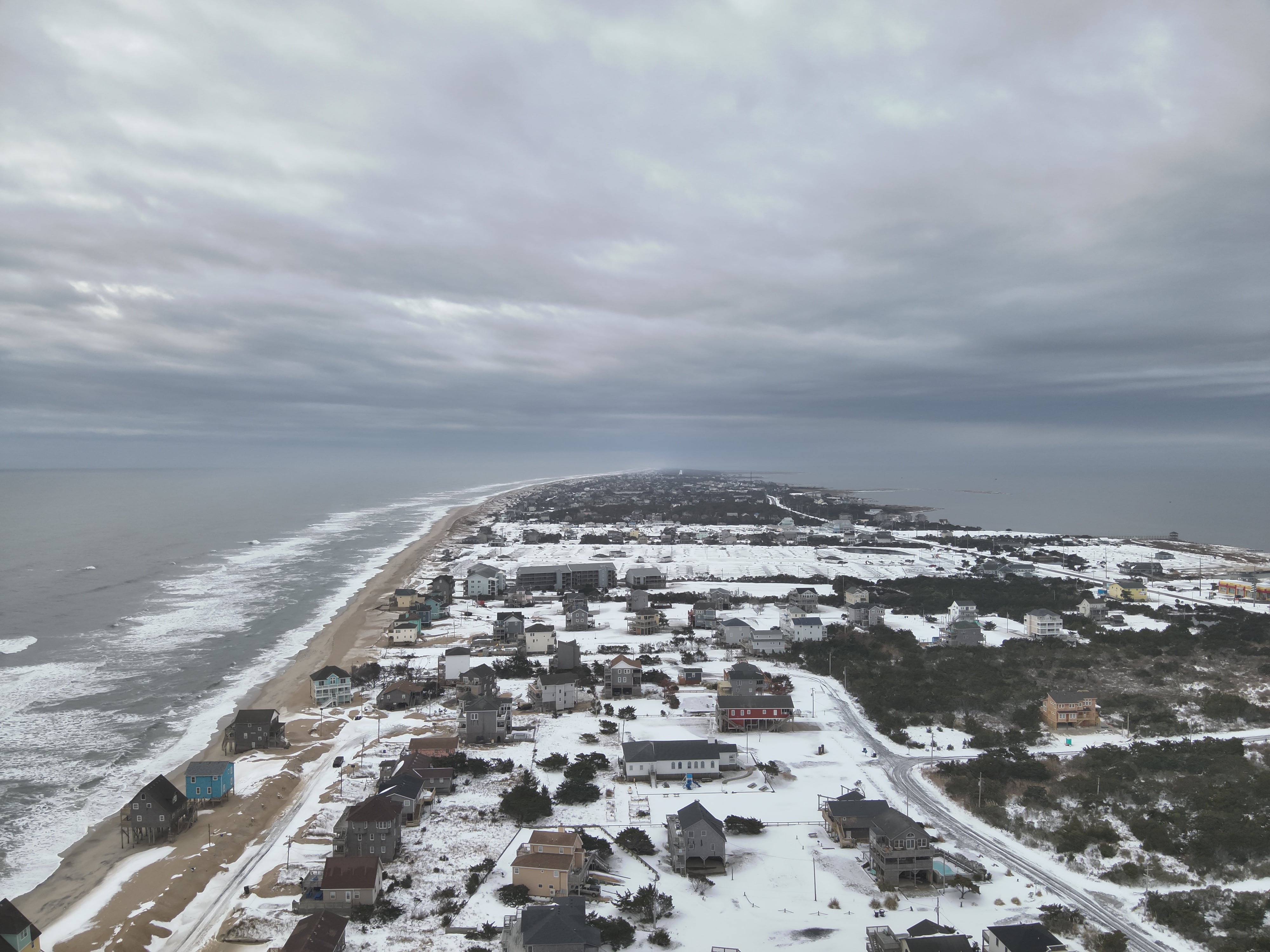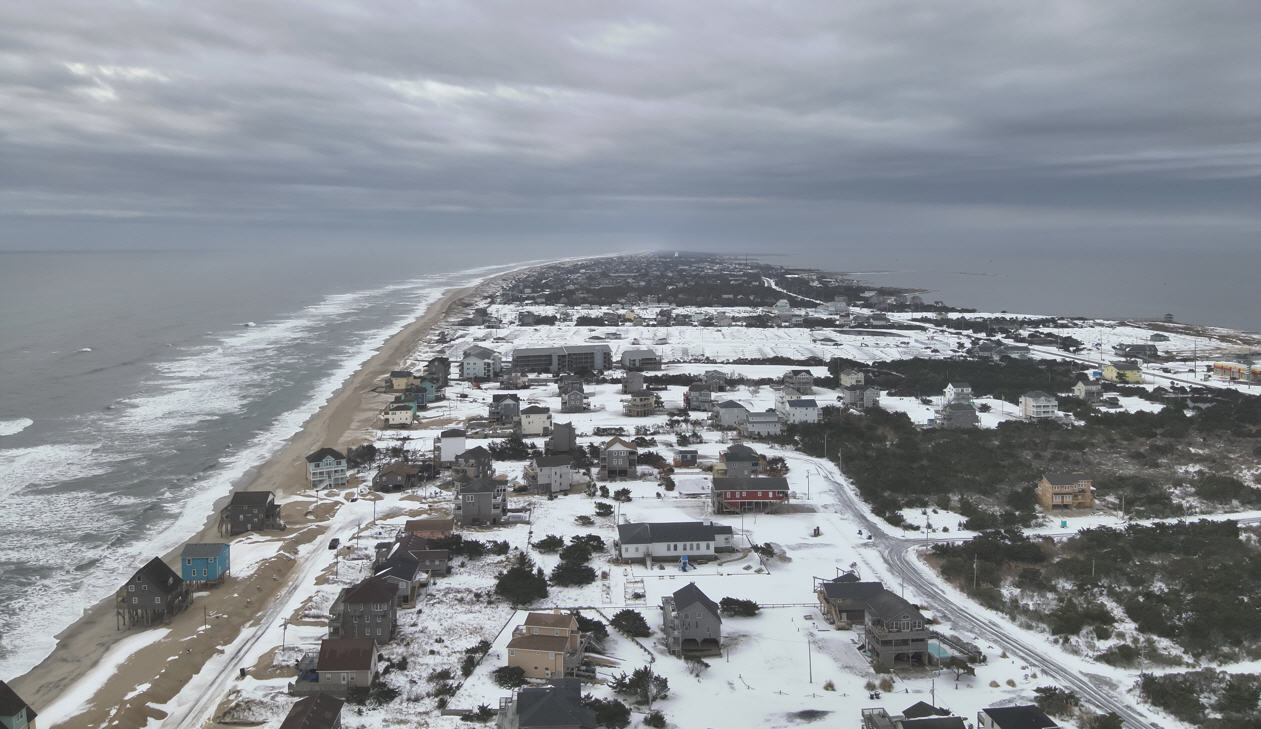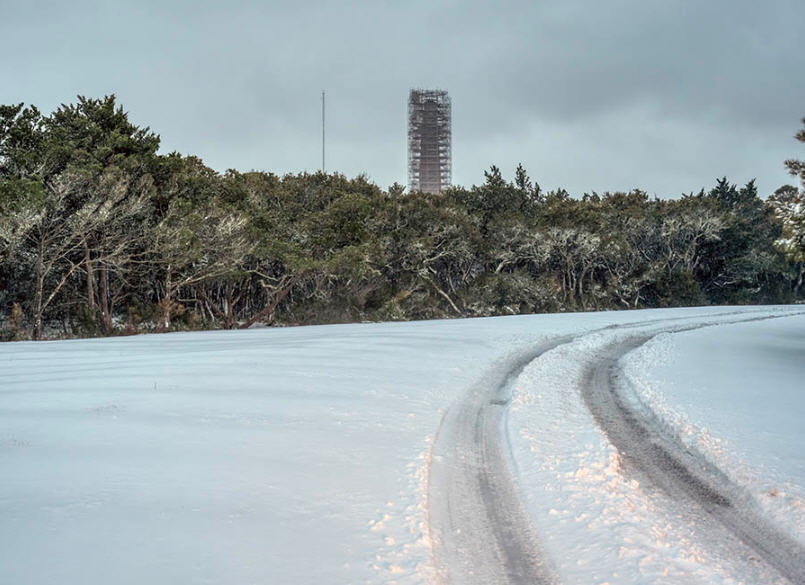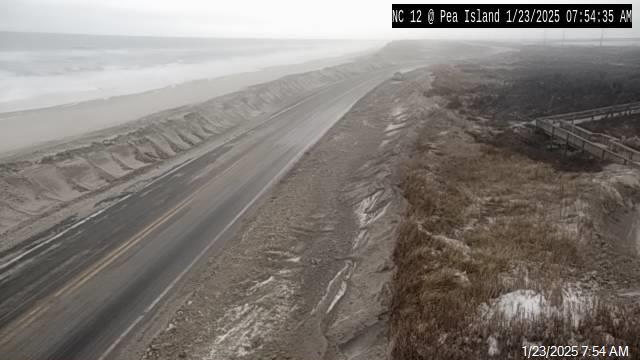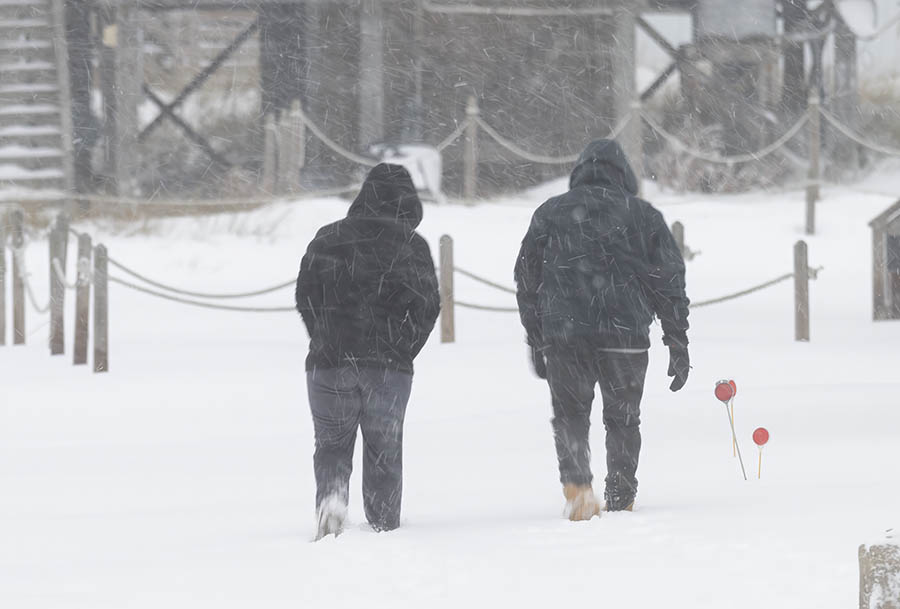North Carolina Coastal Federal Federation has a travel guide with a conscience
Leave the crowds on the beaches this summer to visit some of the wildest wildlife refuges in the country or to watch artists in a town along the Scuppernong River work their traditional crafts.
The North Carolina Coastal Federation’s annual State of the Coast Report makes it easy for tourists who are visiting the state’s northeast coast this summer and for the residents who live there to visit some special natural places where they can hike, launch a canoe or kayak, look for birds and wildflowers, or learn about the region’s heritage.
This State of the Coast Report is different from the others the federation has published over the years. The reports usually tackle weighty subjects, such as stormwater pollution, global warming, and beach development. The 2010 edition, though, takes on a lighter subject — travel. But it’s not like the many tourist guides available each summer from Corolla to Calabash, said Frank Tursi, an assistant director of the federation and the report’s editor and lead writer.
“We’re calling it a travel guide with a conscience,” he said.
Unlike those other guides, the State of the Coast Report features places that were once threatened by development and are now protected because people fought for them. The report details the fight that the federation led in the early 1980s against strip miners who wanted to extract the thick brown hash of mud, muck, and decaying plants and trees—organic peat – found along the shores of Albemarle and Pamlico sounds and burn it for fuel. Many commercial fishermen, fearing what mining would do to water quality, joined the effort.
The state eventually denied the permits, and 93,000 acres of the proposed strip mine now forms the core of the Pocosin Lakes National Wildlife Refuge, home to endangered red wolves and a host of birds, reptiles and mammals. The refuge headquarters has helped transform the rural town of Columbia in Tyrrell County into a center for ecotourism.
Pocosin Arts, a nonprofit arts cooperative in downtown Columbia, has a gallery with local arts and crafts, many for sale. It offers workshops, classes, and retreats and brings in visiting artists for demonstrations.
This is eastern North Carolina’s premier handcrafts education center. Browse through the gallery, make a clay tile or watch visiting artist Marlene True (at the cooperative this fall) craft pairs of earrings from recycled aluminum cans.
The State of the Coast Report also features now-protected places like Nags Head Woods. If developers had gotten their way in the late 1970s, the forest would have been clear-cut and the dunes leveled for a residential subdivision. The development process was well underway when area resident Henrietta List formed a grassroots group to save the woods.
Even North Carolina’s most famous sand dune, Jockey’s Ridge, owes its existence as a natural area to another Outer Banks conservation heroine, Carolista Fletcher Baum Golden. In 1973 when the ridge was slated for development, Golden took that most radical of conservation steps: She stood in front of a bulldozer that was preparing to carve a chunk out of the dune. The state subsequently obtained 426 acres through purchase and land donations and established Jockey’s Ridge State Park in 1975.
The stories behind the places in the State of the Coast Report provide a valuable lesson in conservation, Tursi said.
“People of goodwill and good sense can win,” he said. “If they band together and fight hard enough and long enough, they overcome powerful economic and political forces to protect the places they treasure.”
CLICK HERE FOR THE NORTH CAROLINA COASTAL FEDERAL TRAVEL GUIDE









